The natural sources of power, be it solar or wind, cannot be relied upon fully due to the irregularity of the sources of power they generate. So, the next generations must find an alternative that meets their needs. That is why the lights are now pointing towards lithium-ion batteries and energy storage devices. There is a need for the movement to stabilize the grid and support the shift to cleaner sources. That movement is in the form of lithium-ion batteries, one of the most energy-dense and efficient energy storage systems.
As the central system for balancing excess energy generated from unprogrammable renewable energy sources such as solar, wind power, etc, they play a critical role in temporarily storing power. This innovation ensures grid stability on the one hand and on the other hand supports the transition to an increased low-carbon energy system.
Grid-Level Energy Storage Devices
When it comes to the efficiency of grid-level energy storage applications, this sector has also been boosted by the many lithium-ion batteries. These types of powerhouses are increasingly being used at the grid level for a wide variety of applications where their features and capabilities can be harnessed to the best effect. Another aspect of grid-level applications of lithium ion battery is grid stabilization of the lithium-ion battery.
They do this by achieving supply and demand which is a concept that is more valuable in the current energy business market. It utilizes additional energy in form of batteries during situations of excess solar power production and during power rationing, the batteries provide energy. This not only relieves pressure from other conventional power plants but also improves the strength of the grid independence in handling fluctuations.
They serve peak demand, which sometimes leads to pressure on supplies from the electricity grid. These batteries ensure that stored energy is discharged to levels where there is a max consumption in a very short time, thus avoiding black-out or brown out. This ability to respond quickly with energy supply is an important asset for grid managers as far as meeting peak load demands increases the reliability of the grid. Apart from supply and demand risks equally, lithium-ion batteries play a crucial role in solving the grid issues.
They are involved in levelling fluctuations that are experienced in renewable energy generating processes in order to ensure that the voltage and frequency is maintained with predetermined limits. As a result, a higher level of utilization is achieved, with added benefit to the general grid and lowered excellence in perfecting costly structures. In the same way, these batteries can serve severe acronyms like frequency response and voltage strength, hence enhancing the strengths of the grid.
Supporting a cleaner energy transition
Accelerating the growth of cleaner energy is more and more dependent on the careful use of lithium-ion batteries in grid-scale utilization. These areas of green utility impact areas are quite critical in achieving greenhouse gas emission reductions, providing interfaces for renewable energy, and encouraging sustainability.
Lithium ion batteries are now a critically important component in efforts to reduce greenhouse gas emissions. By efficiently storing energy obtained from renewable resources and using them when required they counterbalance the demand for backup power generated from fossil-based resources and therefore curtail emission levels typical of traditional power plants. Therefore, this role in lowering carbon emissions is critical for synchronizing energy systems with climate objectives.
Furthermore, energy storage devices are used to enable higher penetration of renewable resources in the-generation sector. The fact that they can help store extra power produced during periods of high wind or sun for use during periods when these elements are less optimal makes them ideal. This not only optimizes the level of deployment of clean sources of power but also the stability of the electricity grid.
As such, lithium ion batteries being part of reducing carbons footprints towards sustainability are central to the green energy vision. Variable costs are especially essential regarding clean energy transition, as growing accessibility and cost-effectiveness make it a real possibility. But this shift goes beyond environmental goals and supports the overarching sustainability agenda to drive lithium-ion batteries to the forefront as crucial enablers of a new, more sustainable energy system.
Technology trends and the future outlook
At the grid level for energy storage, the work that is being done in lithium-ion batteries continues to advance and open up new horizons holding a positive promise for a cleaner energy future.
Lithium ion battery technology shows constant development in science and technologies, and its improvements are in the development process every day by researchers and innovators without halting. Present development is directed towards enhancing energy density which concerns the ability of these batteries to store as much energy as possible. This could further enhance the stability of energy storage devices by increasing the amount of time that the energy stored could last and thus was reliably suitable for grid applications.
Another thing that cannot be overlooked is the issue of efficiency. Researchers are studying means of enhanced durability and operating performance of lithium-ion batteries including approaches to minimize energy losses during charge and discharge cycles. Not only does this enhance the effectiveness of these batteries but also enhances the sustainability of batteries since resources are utilized most efficiently.
Furthermore, appealing innovations are also on the rise as future technologies for grid-level energy storage are expected. Examples include the solid-state lithium-ion batteries that promise enhanced security, energy density as well as durability. In addition, future research may prove to yield other chemistries and new materials that could yield even better performing battery systems which would tremendously improve the functionality of grid-scale energy storage systems.
GDP and Carbon Dioxide/Emission Reductions
Large-scale use of lithium-ion batteries as objects of grid-level installations is fraught with numerous positive economic and environmental effects. We must stress on their significance for the transformation of the energy sector into its greener future.
Economically the installation of these batteries will prove more cost effective in the long run. They enhance the factors of using renewable sources of energy hence reducing the high investments in fossil energy which leads to formation of costly peak-power plants. This leads to reduced cost of operations in the grid systems in addition to reduced energy costs for consumers on the other end. Also, the stabilization of the grid through lithium-ion batteries cuts the loss that is occasioned by power outages. That is why it also guarantees the continuity of functioning of critical facilities and industries.
Taking in the environmental aspect, the benefits will not be at par with the disadvantages experienced by this form of globalization. They returned drastic emission cuts to the air alongside the reduction of greenhouse gases. The excess produced renewable energy can be captured and used at these times to reduce the backup power sources that are normally carbon intensive. They mean that the air is going to be clearer and that way the people are going to be healthier. Besides, cutting off the use of non-renewable products such as coal and natural gas means that fewer resources will be exploited and less damage to the environment is caused.
Conclusion
Thus, lithium-ion batteries appear as a game changer in boosting renewable energy storage for grid-related use. I could not agree more with these objectives which make them a central figure in meeting the challenges of grid stability, supply and demand responsiveness, as well as greenhouse emissions. They are prominent of what we are moving on to with regard to the energy world of tomorrow. It assists in creating a future whereby renewable resources provide a steady supply of electricity to the world. Lithium-ion batteries and energy storage devices deliver efficiency, durability, and sustainability and can help ensure that the global shift to clean energy is not hindered by the challenges arising from increased power demands and climate change.
Follow us on LinkedIn.
Lorem ipsum dolor sit amet, nec in adipiscing purus luctus, urna pellentesque fringilla vel, non sed arcu integer, mauris ullamcorper ante ut non torquent.

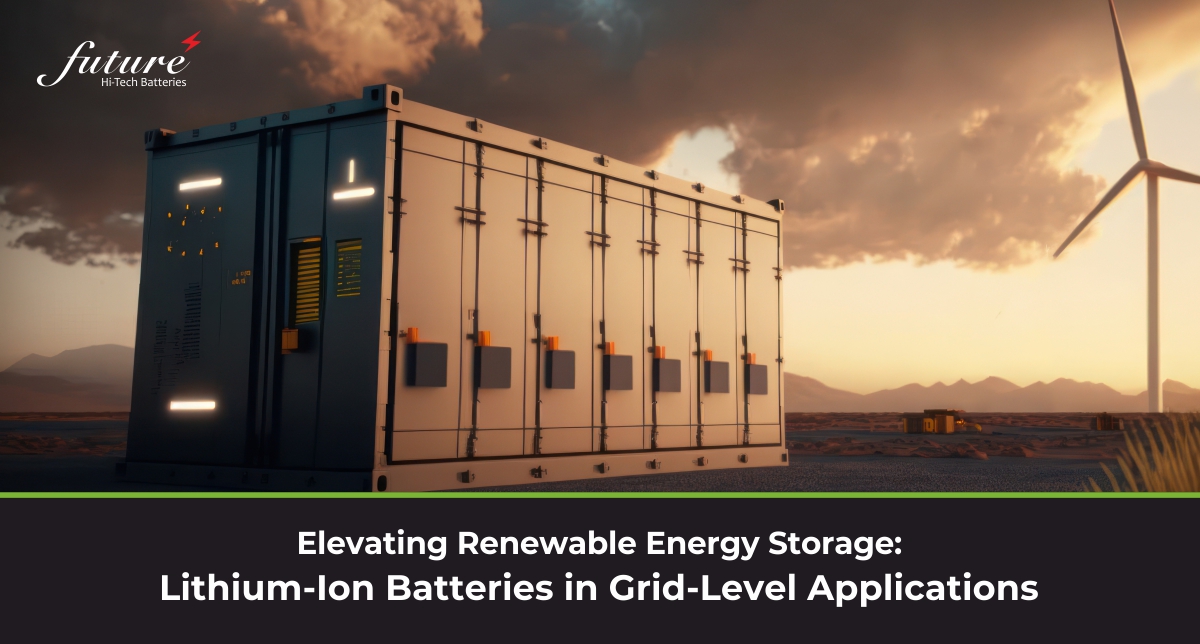
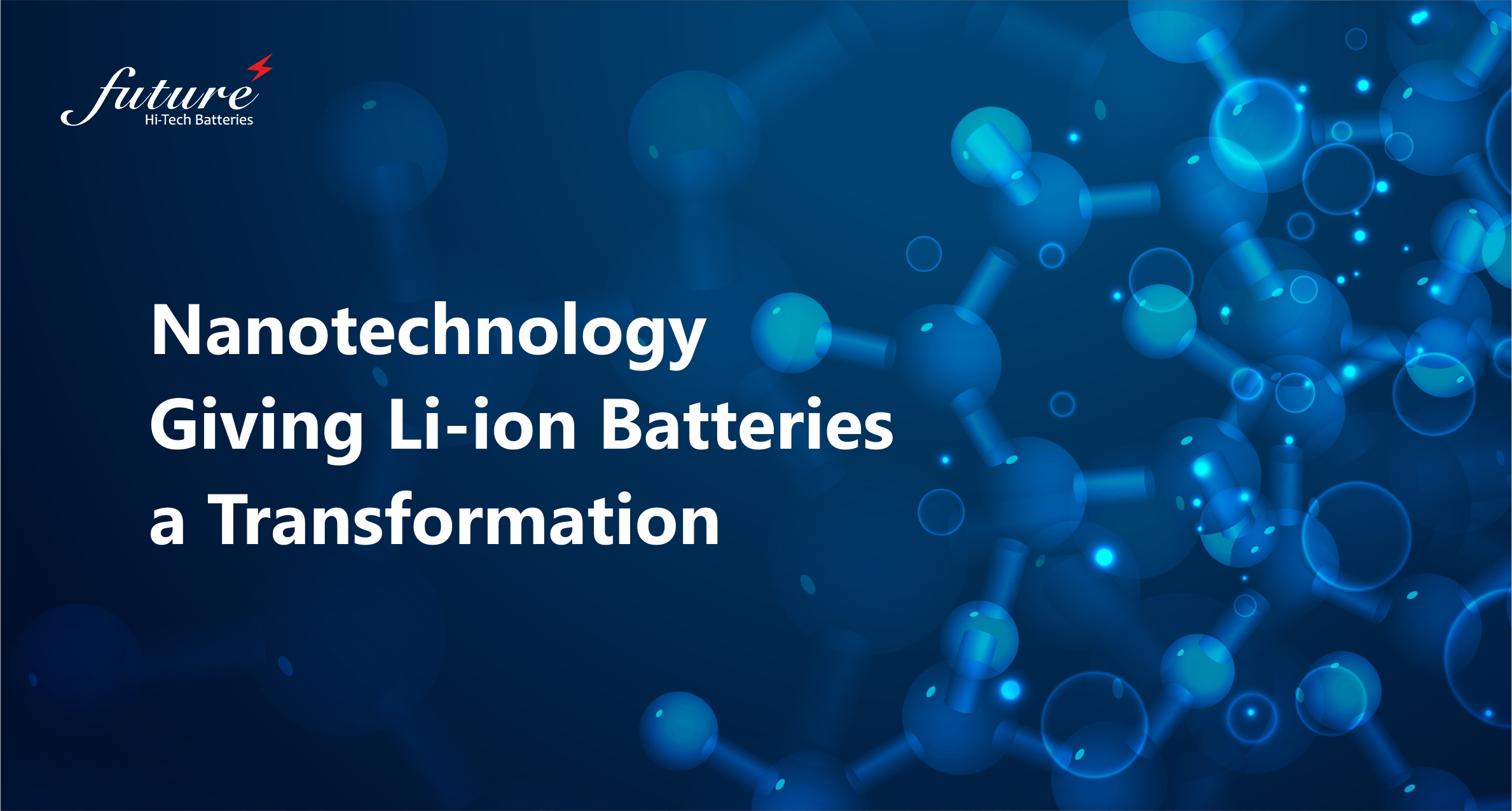
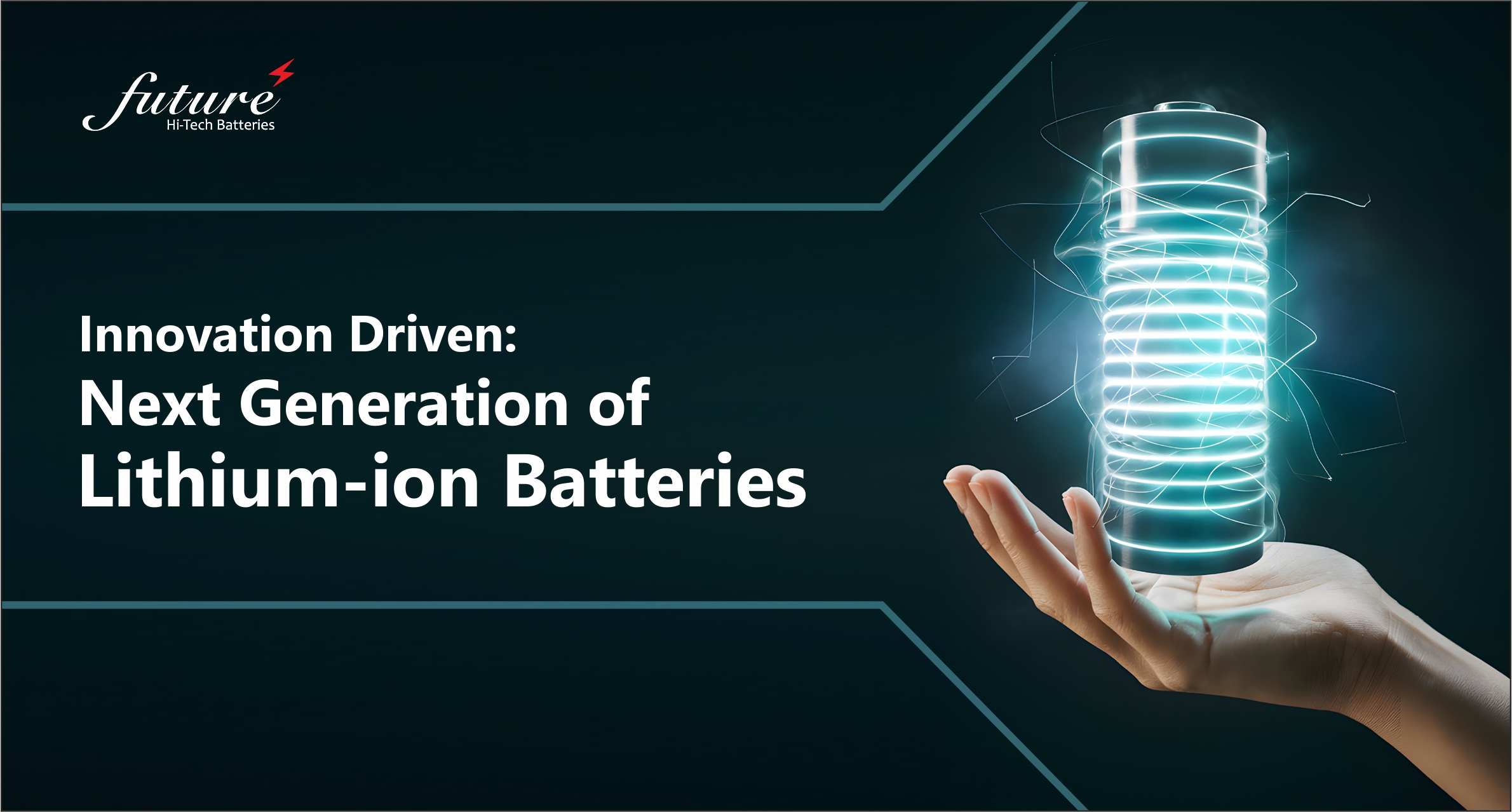
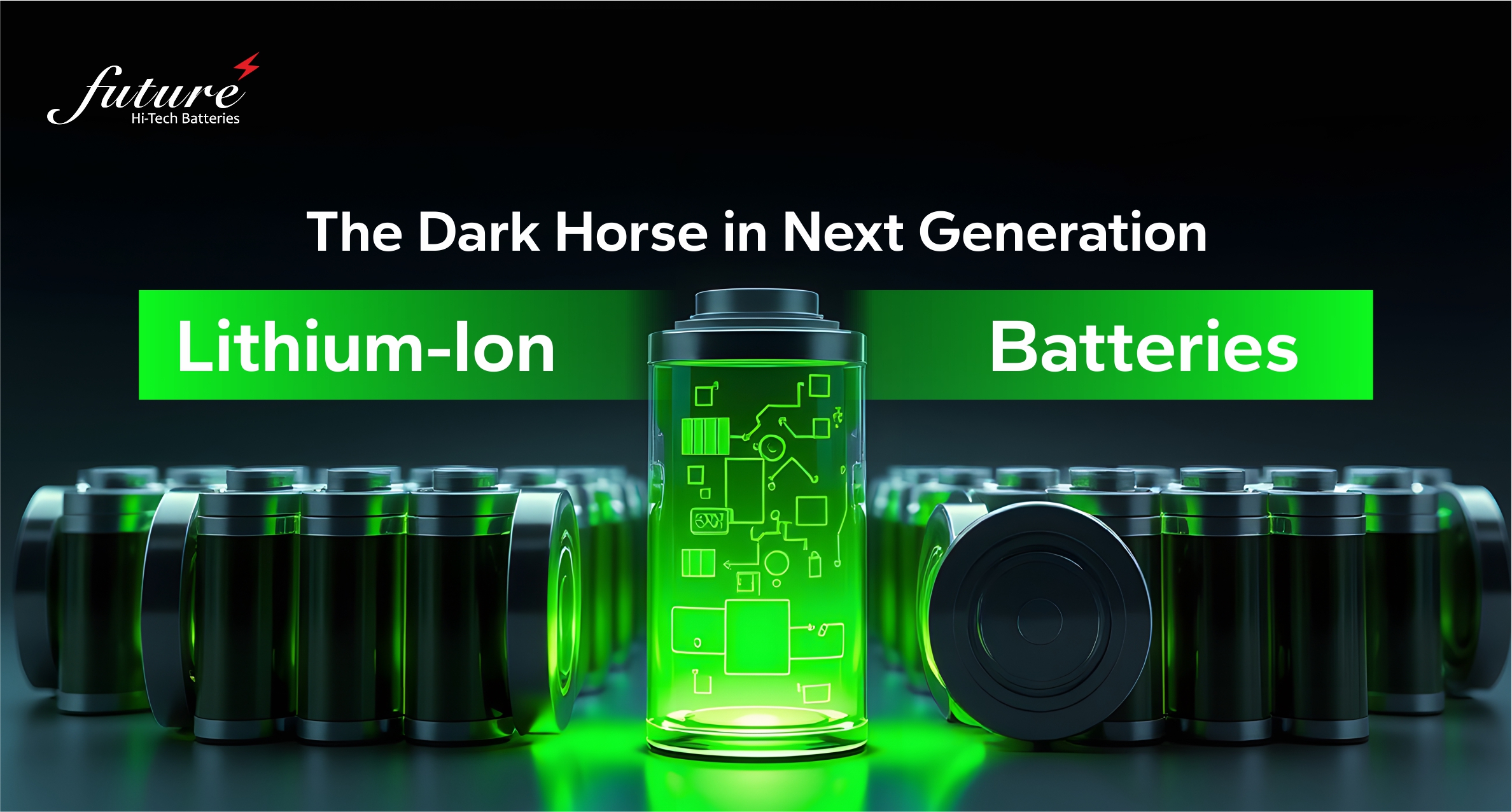
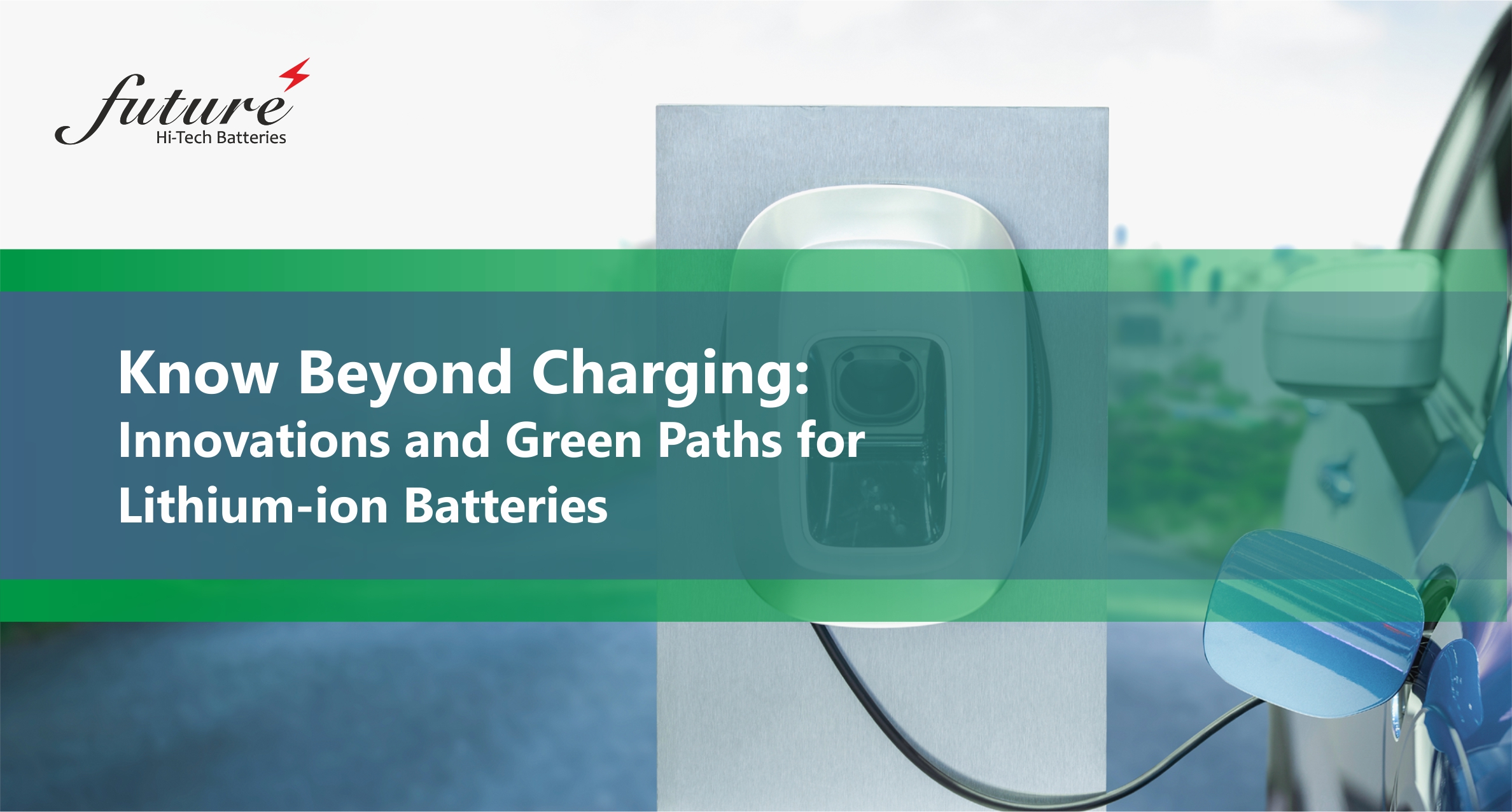

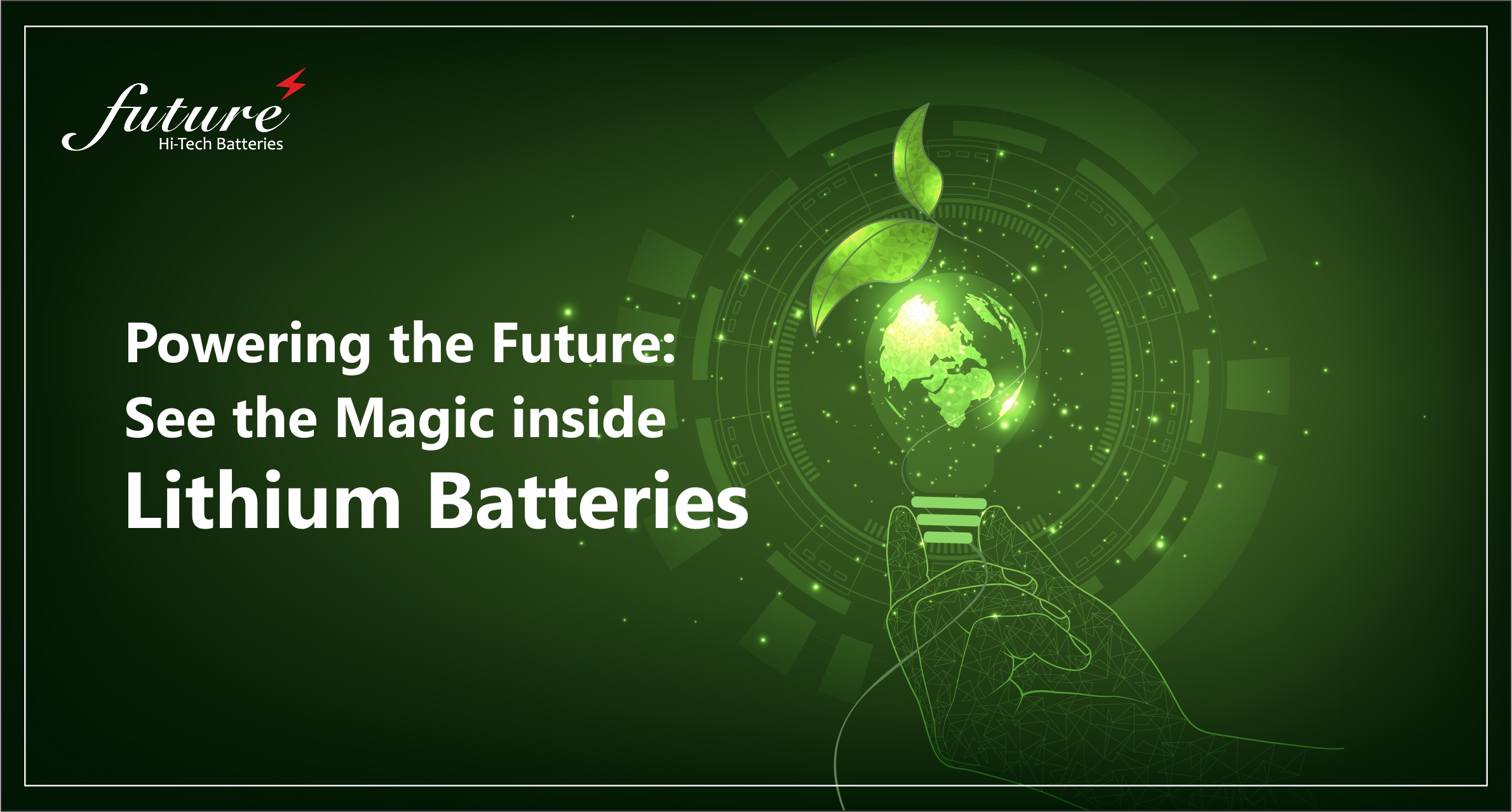


Your Comment Please